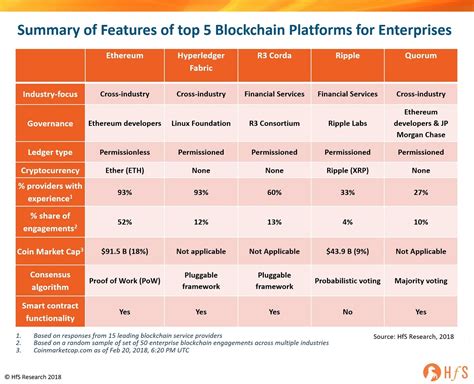- تاریخ انتشار : شنبه ۲۰ بهمن ۱۴۰۳ - ۱۱:۱۸
- کد خبر : 1052 چاپ خبر
Ethereum: How many epoch or blocks do I need to wait to be a Validator?
Ethereum: A comprehensive guide to set up a validator Congratulations that you fit the first step towards becoming a validator on the Ethereum Network! As a validator, you play a key role in ensuring the security and integrity of blockchain. In this article, we will break into the process of becoming a validator, especially focusing
Ethereum: A comprehensive guide to set up a validator
Congratulations that you fit the first step towards becoming a validator on the Ethereum Network! As a validator, you play a key role in ensuring the security and integrity of blockchain. In this article, we will break into the process of becoming a validator, especially focusing on an epoch or a block interval where you can start contributing to the validation procedure.
Understanding an epoch interval
The epoch interval in Ethereum referers to the time that the validator needs to complete one block and be awarded with a new ether (ETH). The current interval of the epoch is 15 minutes. However, due to the implementation of the mechanism of “the halting of the validator, the block will gradually decrease over time.
Requests for validator
To Become a validator, you must meet the following requirements:
- Make a wallet : you need a digital wallet that supports the ethereum network, such as a metamascus or a trust wallet.
- Make a new wallet address : a unique public address for your valid verification wallet.
- Generate a private key : Your private key is used to sign transactions and interact with blockchain.
- lay ethher (eth) : You must lay at least 32 eth in your wallet check.
Starting from confirmation
Once you meet these requirements, you can start checking the blocks. However, when you first start a certificate, you will get a mistake about the error indicating that there are no new transactions in the current block.
To solve this problem, you have to wait for a particular interval before you start confirming. The epoch interval is divided into three stages:
* The validation phase 1 : after the corpse configuration has been loaded and the first set of settings has been applied, it takes approximately 15 minutes for the first set of transactions to confirm.
* Stage 2 : once the initial phase of validation is over, a new epoch will begin. During this phase, validators can start checking blocks.
* The validation phase 3
: The final phase of the validation takes place after all the blocks have been confirmed and distributed awards.
Tips for Successful Validation
To Increase Your Chances Of Success As A Validator:
- Follow the balance of your wallet : Make sure you have enough ether (ETH) to lay in your wallet wallet.
- Patiently wait : Do not try to confirm too many transactions in a short period, as this may cause your wallet locked from the validity process.
- Keep your wallet software in progress

: update the firmver and configuration of your wallet regularly to ensure that you have the latest security patches.
Conclusion
Becoming a validator on Ethereum Requires Careful Planning, Execution and Patience. Understanding the interval of the epoch, the requirement for a validator and launching a validation phase, you can successfully contribute to the security and integrity of blockchain. Remember to stay focused, check your wallet and enjoy the rewards coming a valuable member of the Ethereum Community.
Additional Resources
- [Ethereum validator node] (
- [Configuration of Validator Ethereum] (
- [Validator Ethereum] Guide (
لینک کوتاه
برچسب ها
- نظرات ارسال شده توسط شما، پس از تایید توسط مدیران سایت منتشر خواهد شد.
- نظراتی که حاوی تهمت یا افترا باشد منتشر نخواهد شد.
- نظراتی که به غیر از زبان فارسی یا غیر مرتبط با خبر باشد منتشر نخواهد شد.
ارسال نظر شما
مجموع نظرات : 0 در انتظار بررسی : 0 انتشار یافته : 0